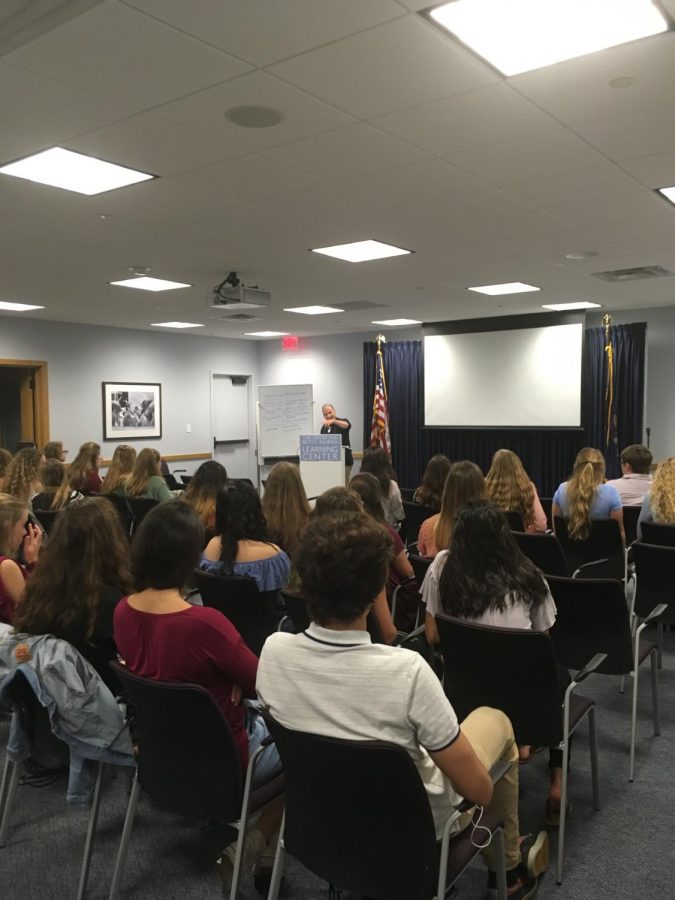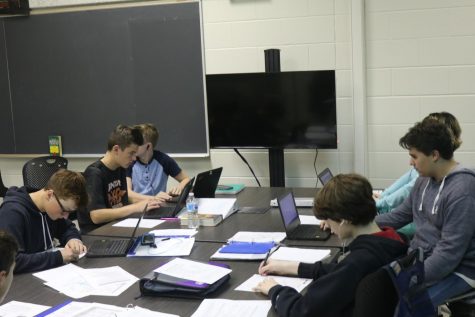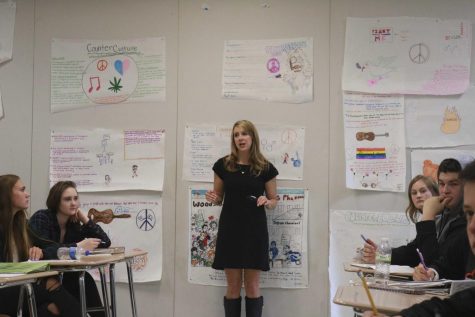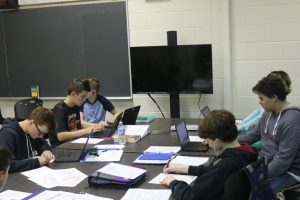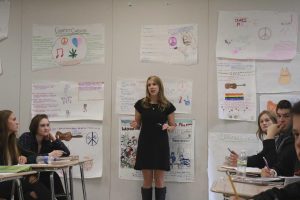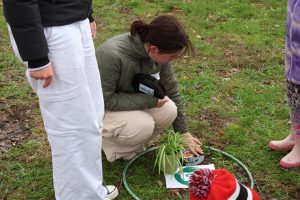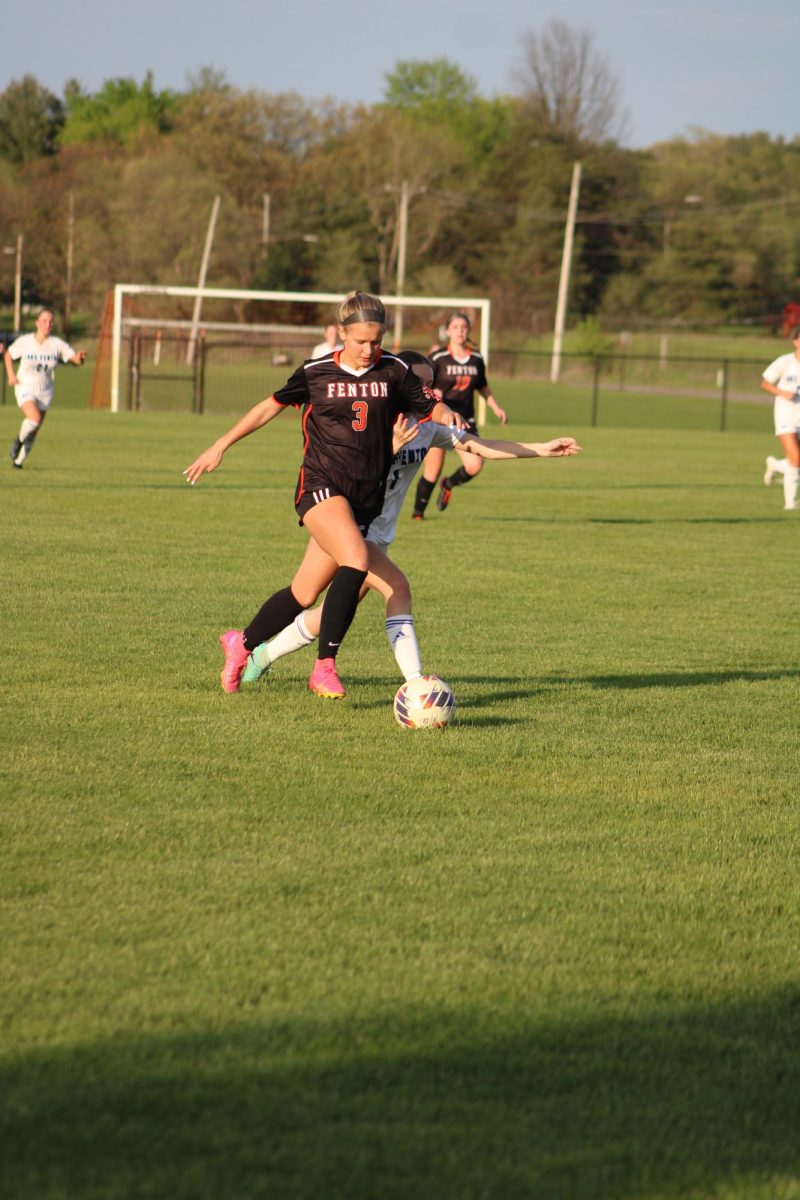AMS students participate in a simulation about the 1967 Detroit Riots
May 9, 2018
If a group of people’s basic needs like water, food, and shelter, are not met, things can take a turn for the worse. That’s exactly what the students of Honors American Studies (AMS) learned when they traveled to the Michigan History Center in Lansing to take place in a simulation about the 1967 Detroit Riots.
“The simulation was about the specifics on how the government responded to the 1967 Detroit Uprising,” sophomore Audrey Weir said. “I was put into a group that was to act as Cecil Lee Simmons, the Michigan National Guard Commander.”
Each focus group devised a plan on how the governor of Michigan should react to the situation. One group was given the role of playing the governor.
“My group was George Romney, the governor of Michigan,” sophomore Dillion Bartholomew said. “We were in charge of making the final decision on the course of action and presenting it at the press conference. I think that was my favorite part of the trip because it seemed so real.”
The press conference was meant to be a part of the simulation experience that brought the project full circle; as well as, a new twist to basic learning.
“I think textbooks simplify things,” AMS teacher, Patricia Gray said. “I hoped the students left the trip with a better understanding of how complicated situations like the Detroit Uprising are. The simulation experience and following press conference were less of a simplification of the event.”
This change in routine learning ended up being a new and beneficial way to learn more in-depth about the situation in Detroit during 1967. Especially how Michigan’s leaders tried to end it as quickly as possible.
“I liked being able to do more interactive activities rather than sitting in class reading or taking notes,” sophomore Brooke Thomas said. “We actually got to act out what we learned in class, seeing what it was actually like to make important decisions during a time of crisis.”
After the press conference met its conclusion, students were able to few the museum and take in the complex history of the state of Michigan.

